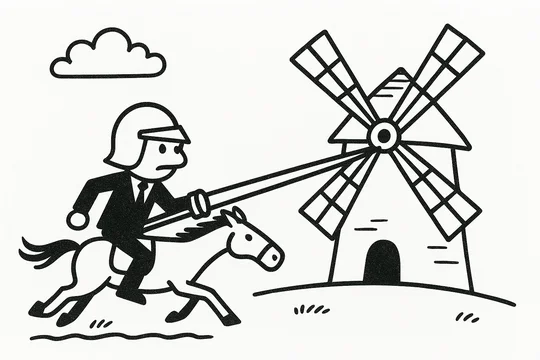
The Delaware Chapter of the Federal Bar Association held its annual lunch today and, as usual, the District and Bankruptcy Courts provided updates on the state of the courts. There wasn't a lot of new information this year, but here are some quick notes on some relevant items:
- District court case filings here in D. Del. were down only 2%, compared to 14% nationally
- Criminal filings were up 14%
- There was a 7% drop in patent case filings, but we still have 39% of all ANDA cases
- We are still the biggest court for competitor case filings
- The Court strives to be fair and not partial to either plaintiffs or defendants
- Judge Andrews is continuing to take almost a …







